[@]Manchester Public Art
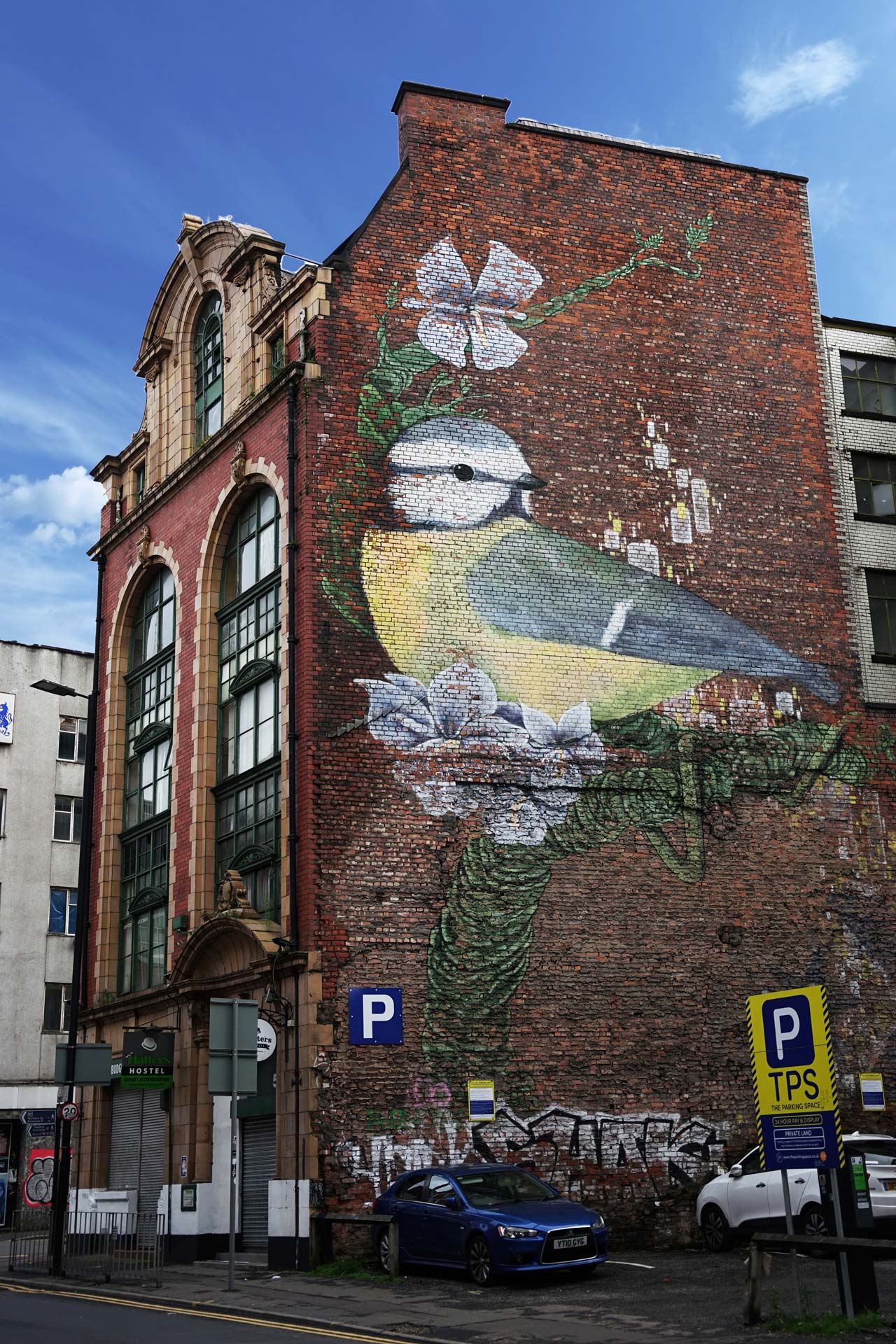
A locals insight into some of the city’s smaller artworks
Published: Guide No.18 - August '23
Greater Manchester offers the visitor a vast array of public art to discover and possibly muse over.
Outside of the city centre you could visit the Robert Peel Memorial in Bury, set rather idyllically in the old heart of the town.
The Irwell Sculpture Trail [irwellsculpturetrail.co.uk] is set across 33 miles of river valley from Rossendale to Salford, this is a long bike for sure.
The trail has been designed well and can easily be broken in smaller parts, explore the history of Salford Quays or take a stroll through Burrs Country Park, near Bury, to explore its substantial art installations.
Manchester was the host for the 2002 Commonwealth Games and in 2003 The City commissioned Thomas Heatherwick to create a sculpture to mark the games.
The piece was installed next to SportCity, now the home of MCFC, with its name being derived from British sprinter Linford Christie saying ‘he started his races at the B of the Bang’.
The sculpture was a formidable piece at 56m high, taller and leaning at a greater angle than the Tower of Pisa. Sadly, a few days before its unveiling it was displaying structural problems and one of the spikes fell off.
In April 2009 the council dismantled the piece for storage however, it turned out the legs and core where sold for scrap, while in some dark secret warehouse the remaining spikes gather dust, think Indiana Jone...
Like many Victorian era towns here in Manchester you find sculpture on major streets, in public squares and spaces.
One of Manchester most famous is Albert Square, currently closed off to the public until 2024 while refurbishment work is carried out on the square and the town hall.
His creation celebrated Manchester’s recent history including The Salford Docks and, even back then, its famous football team.
The mural was painted on the 72ft high side of a building in Trafford Park, which is the Victoria Warehouse Hotel (also home to The Warehouse Project), and its vast gable end is now a huge advertising billboard.
Way back in 1982 the BBC reported on what was claimed to be Europe’s biggest mural created by local artist Walter Kershaw.
The BBC interviewed Walter while he was painting it [click here to watch it].
Should you pop down to see what’s there today (nearest tram-stop Wharfside) you can also marvel at Brian Fell’s 18metre high installation ‘Sky Hook’ [brianfell.org.uk].
A nod to the district’s industrial heritage and an in-joke of asking new apprentices to go out and ‘buy some sky hooks...’.
Manchester’s public art is very diverse, you can admire the imperial image of Queen Victoria in Piccadilly Gardens right through to the 2022 installation ‘I’m a Little Horse’.
This unusual piece was created by artist Sumit Sarkar [kriksix.com], placed along the Rochdale Canal commissioned by the Canal and River Trust [canalrivertrust.org.uk].
“Inspired by the traditional use of horses to pull the canal boats laden with produce along the waterway, and Eadweard Muybridges’s photographic studies of motion, Sumit has created a series of 22 miniature digitally designed 3D horses, which are hidden along the stretch of Rochdale Canal from Deansgate to Lock 87”
While strolling about the city you may occasionally catch a glimpse of a tiled ‘space invader’ attached to a building or wall.
These appeared in short succession in 2005 and are the work of the somewhat mysterious French artist known as ‘Invader’.
It’s not clear why they are where they are or even what these very recognisable images might mean.
At the time the City Council described them as ‘mindless vandalism’ and an act of criminal damage. However, to this date no action has been taken to remove these invaders...
The 2018 Bee in the City project [beeinthecitymcr.co.uk] commissioned 101 individually designed Bee’s and their installation created a great buzz across the city.
At the end of the event the Bee’s were auctioned off and some are still in their original Manchester habitats, such as the one in Sackville Gardens.
The BBC created a short news piece about this project in 2018 and you can watch it by [clicking here].
In more recent times Manchester’s public artists have taken to murals, beyond the 2018 Bee in the City project, painted mostly commonly onto the side of large old industrial buildings, simply look up while walking about the city.
Unlock Manchester continues this article by taking a look at some of City’s more interesting, and possibly obscure, sculptures and installations that actually have a reason for being as opposed to simply memorials to long dead worthies.
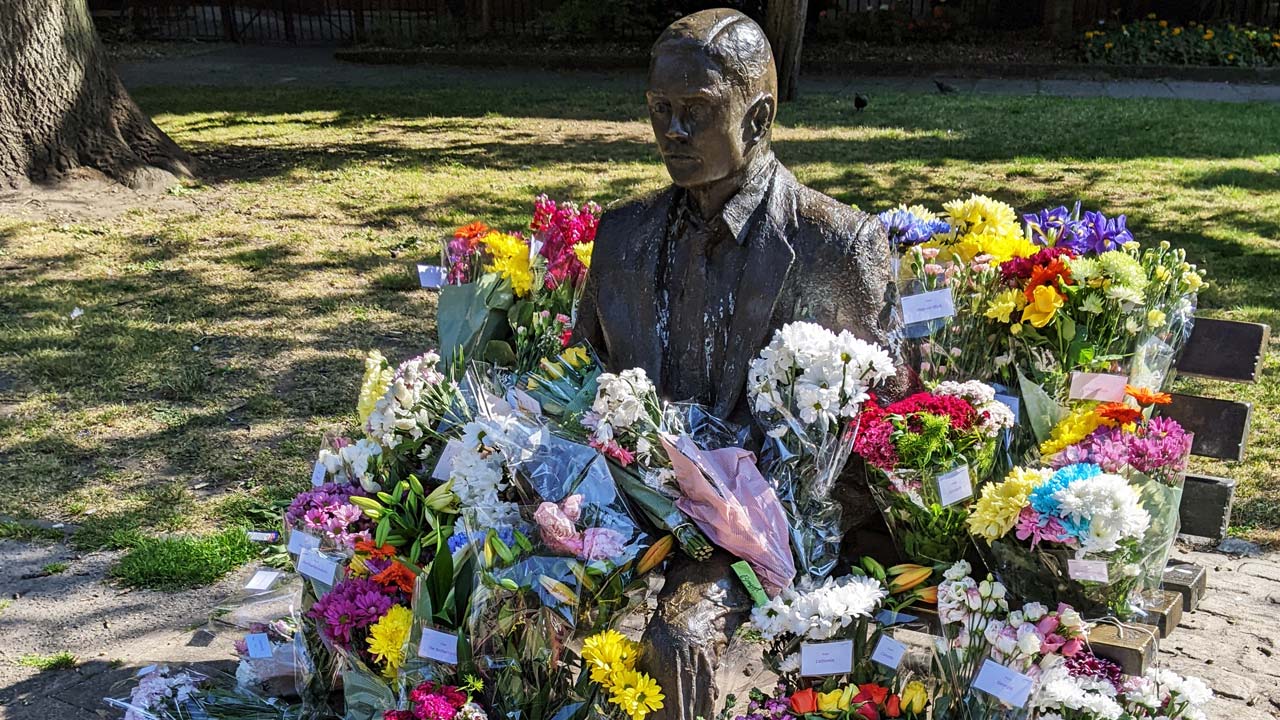
Alan Turing (Sackville Gardens)
While worthies are not the focus of this piece it would be remiss to omit Alan Turing’s statue which is very popular in Manchester and its location within the ‘Gay Village’ is poignant.
His birthday, 23rd June 1912, is often marked with the statue being engulfed in flowers.
I am confident these are more than just tributes to his sexuality as they are a reminder of his important work and how it has led to the ‘modern era’.
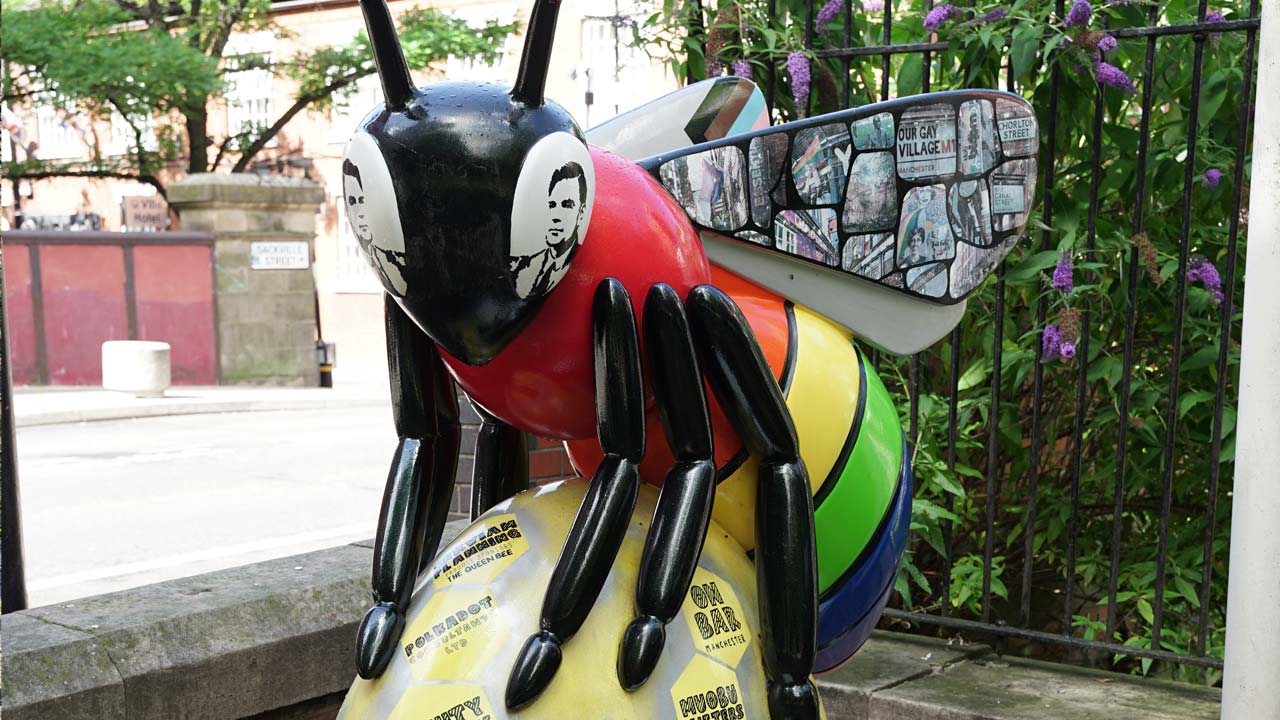
101 Bee’s (Sackville Gardens)
Part of the 2018 Bee-in-City project, this Bee celebrates the LGBT Story of Manchester. The brightly coloured Bee is adorned with images and important elements from the community.
This bee was purchased at auction by a Village consortium and now its permanent home is within the gardens where is was first displayed.
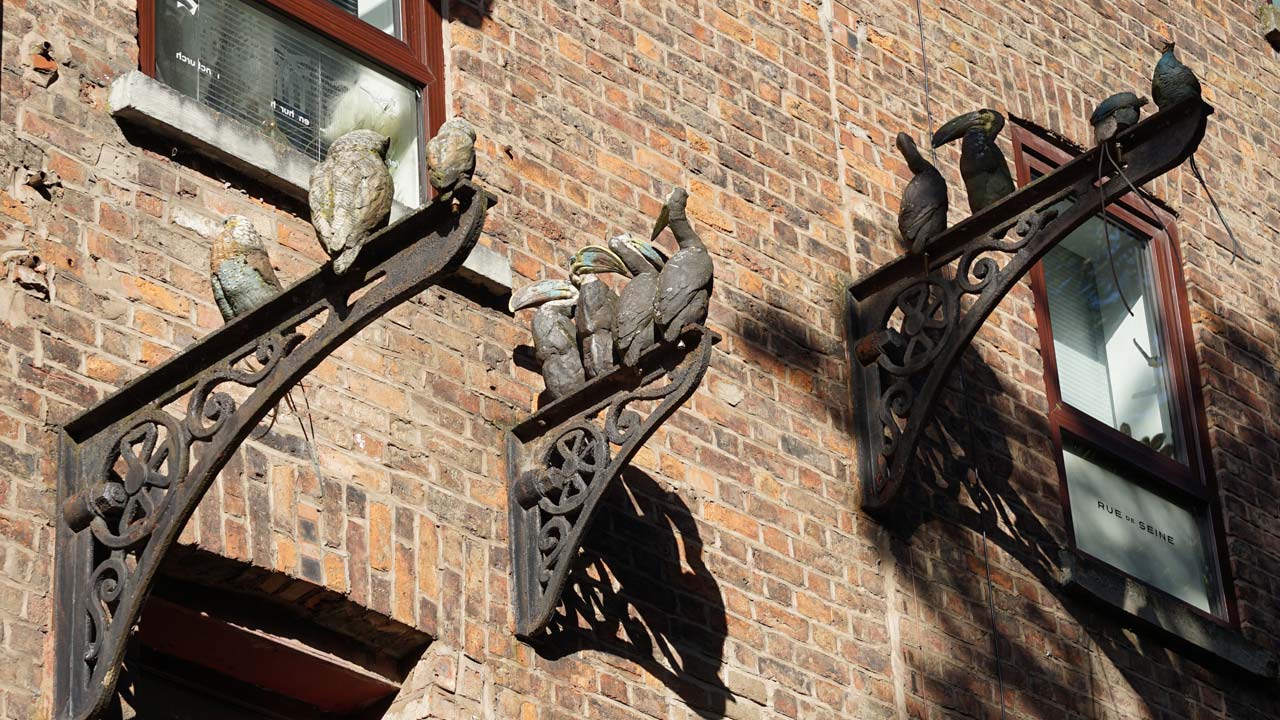
Perched Exotic Birds (John Street, Northern Quarter)
This area of Manchester saw quiet a transformation during the Victorian era. What was basically a few lanes of muddy tracks and as the Cotton Trade money started to flow it changed the area into a thriving hub of commerce.
Here the shops pulled crowds as their windows where full of live animals and many larger animals where tethered outside.
The Brighton based artist Guy Holder has drawn from this colourful history and marked it with his Perched Exotic Birds (sadly, the brightness has faded somewhat).
The concept being that some of the beasts may have escaped over time and taken up residence on Manchester streets and rooftops.
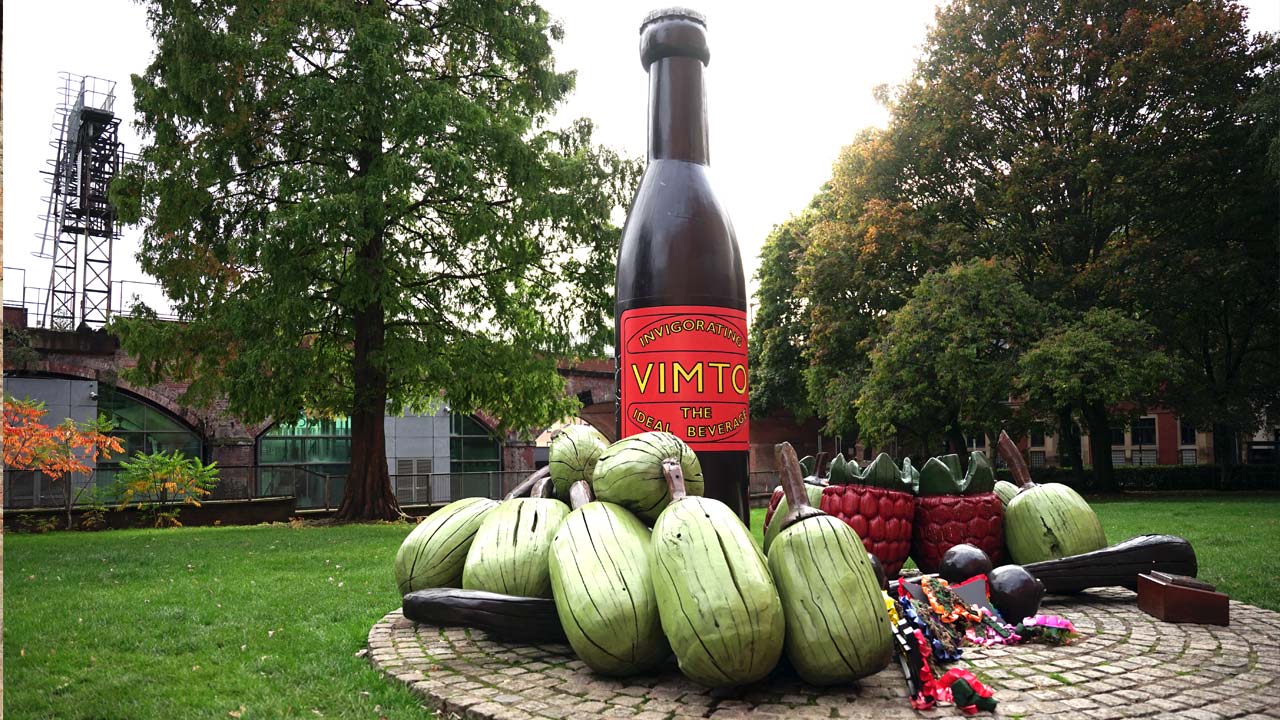
A Monument to Vimto (Vimto Park, Granby Row)
Erected in 1992 by Kerry Morrison this oversized Vimto bottle, with its basic ingredients scattered at its base, commemorates the site where this world famous (possibly not universally loved) drink was created.
In 1908 herbalist John Noel Nichols was keen to get into the booming soft-drink business, caused mostly by the Temperance Movement and the UK’s 1908 licensing act.
Originally sold under the name Vim Tonic it was re-registered as a tonic in 1913.
Demand for the drink grew and Vimto production was moved first to Salford, then Old Trafford and finally to Wythenshawe in 1970.
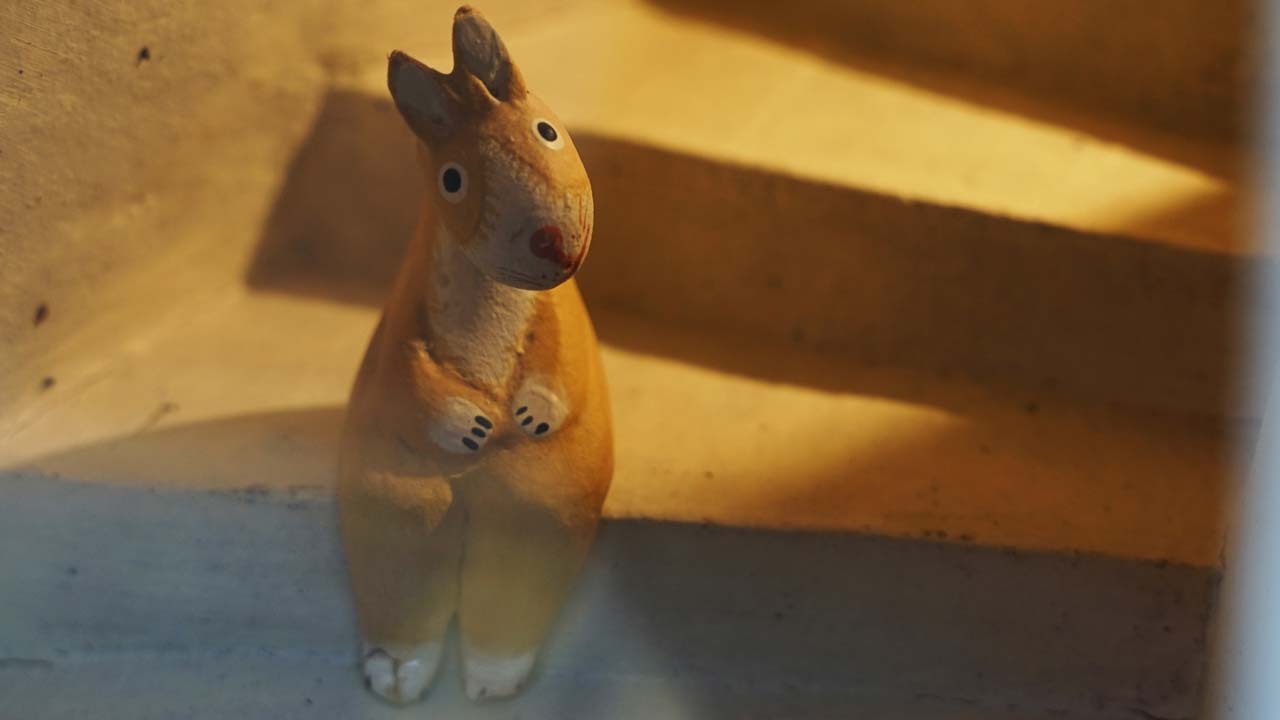
Mr Smith’s Dream (Manchester Craft & Design Centre)
This easy to miss and super small piece of art is a real joy; it is embedded into an outside wall of the MCDC on Copperas Street.
At the foot of the enticing and illuminated spiral staircase a small animal is contemplating life and possibly you’ll find yourself wondering what is at the top of these seemingly other-worldly steps.
The artwork pays homage to a local pet shop owner named Mr Smith who apparently often dreamed of animals. While you’re here the MCDC is worth a visit too!
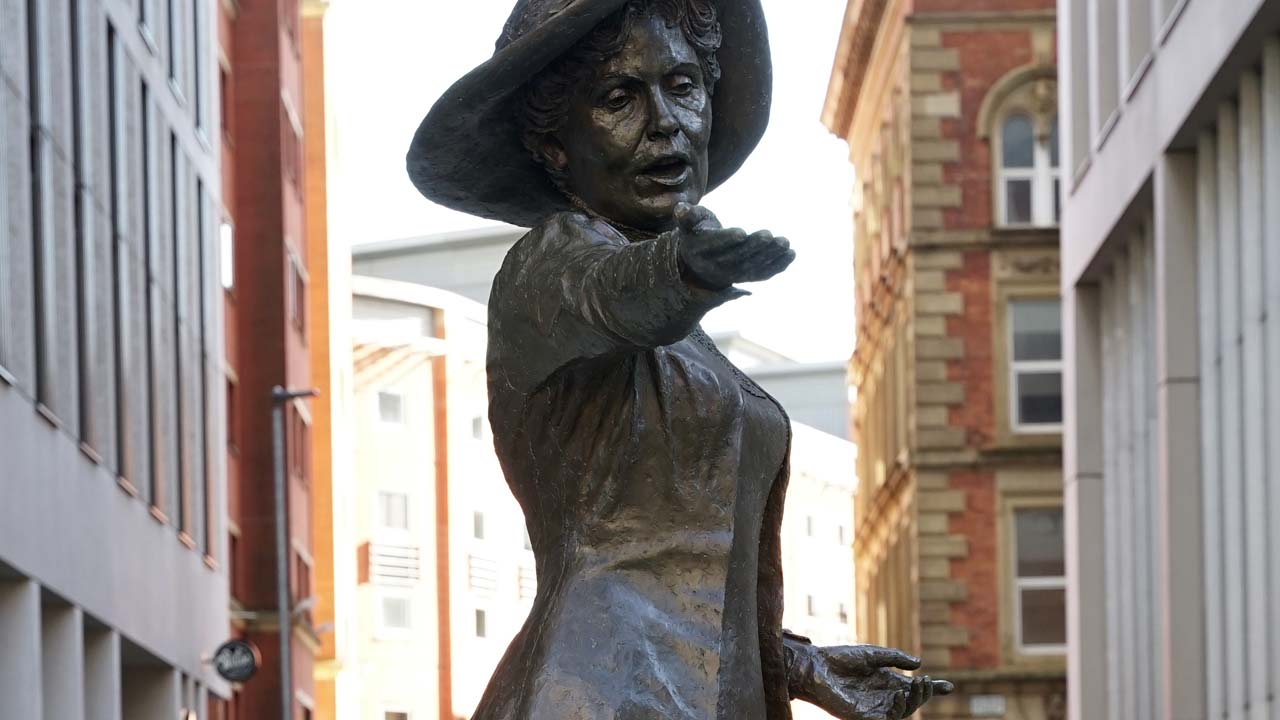
Our Emmeline (St Peter’s Square)
This impressive statue of Emmeline Pankhurst, created by artist Hazel Reeves, shows the suffragette in full flow railing a crowd from atop a chair and its space is defined by a circle of Portland stone. Amazingly this is the first female statue in Manchester that is not Queen Victoria.
A shortlist of twenty-strong ‘Manchester Women’ where being considered for this space with members of the public choosing the final design. This life size bronze was unveiled on the 100th anniversary of Women gaining ‘the vote’ for the first time in the UK.
Visit Manchester’s People’s History Museum to discover more about the Suffragettes and ‘Votes for Women’ [phm.org.uk].
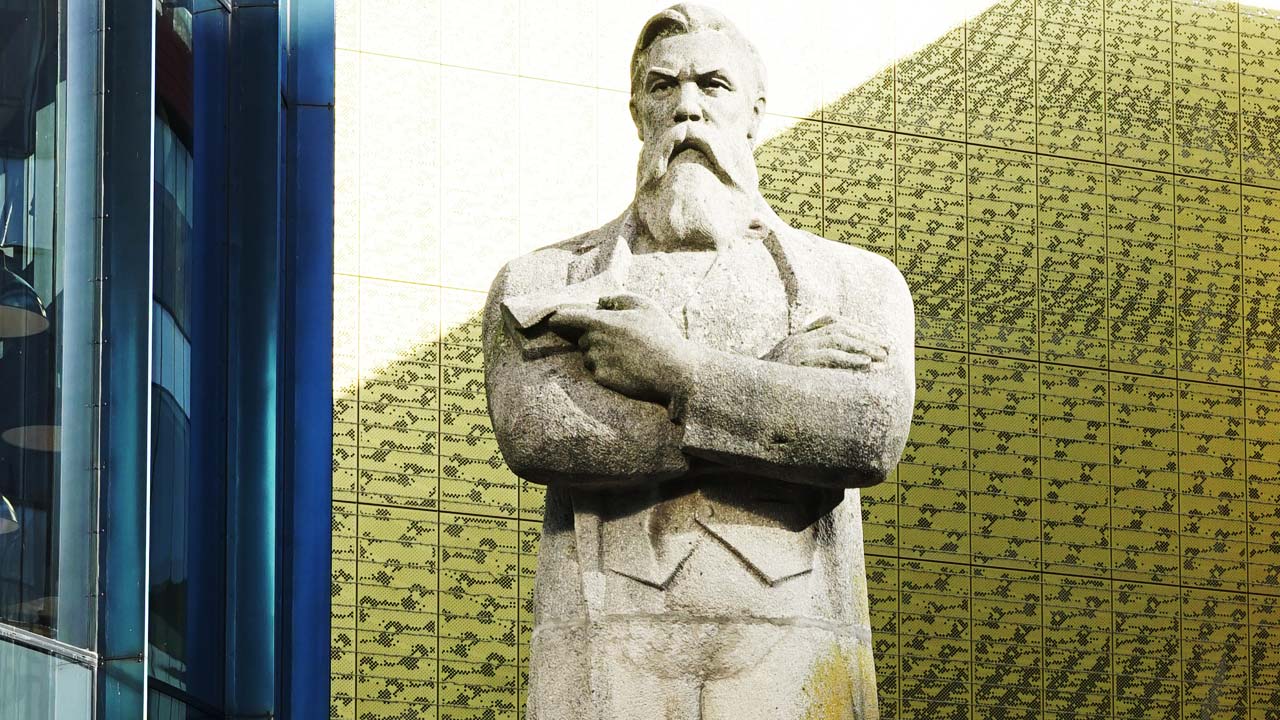
Friedrich Engles (First St)
Engels was a revolutionary philosopher and lived in Manchester for nearly thirty years in the 19th Century. It was during his residence that he saw the horrific conditions of Manchester’s slums and the treatment of women and children in the beginnings of industrial capitalism.
Engles was friends with Karl Marx, who also lived in Manchester, as the two worked often at the Cheetham Library they created the foundations of Marixism. Engles wrote his seminal book about industrial working lives in Manchester called ‘The Condition of the Working Class in England’.
The statue was found by Berlin based artist Phil Collins in small village in the Ukraine, cut in half, Collins’ says it took a lot of ‘wrangle and barter’ to secure it. The statue was erected in Manchester as part of the 2018 Manchester International Festival [factoryinternational.org].
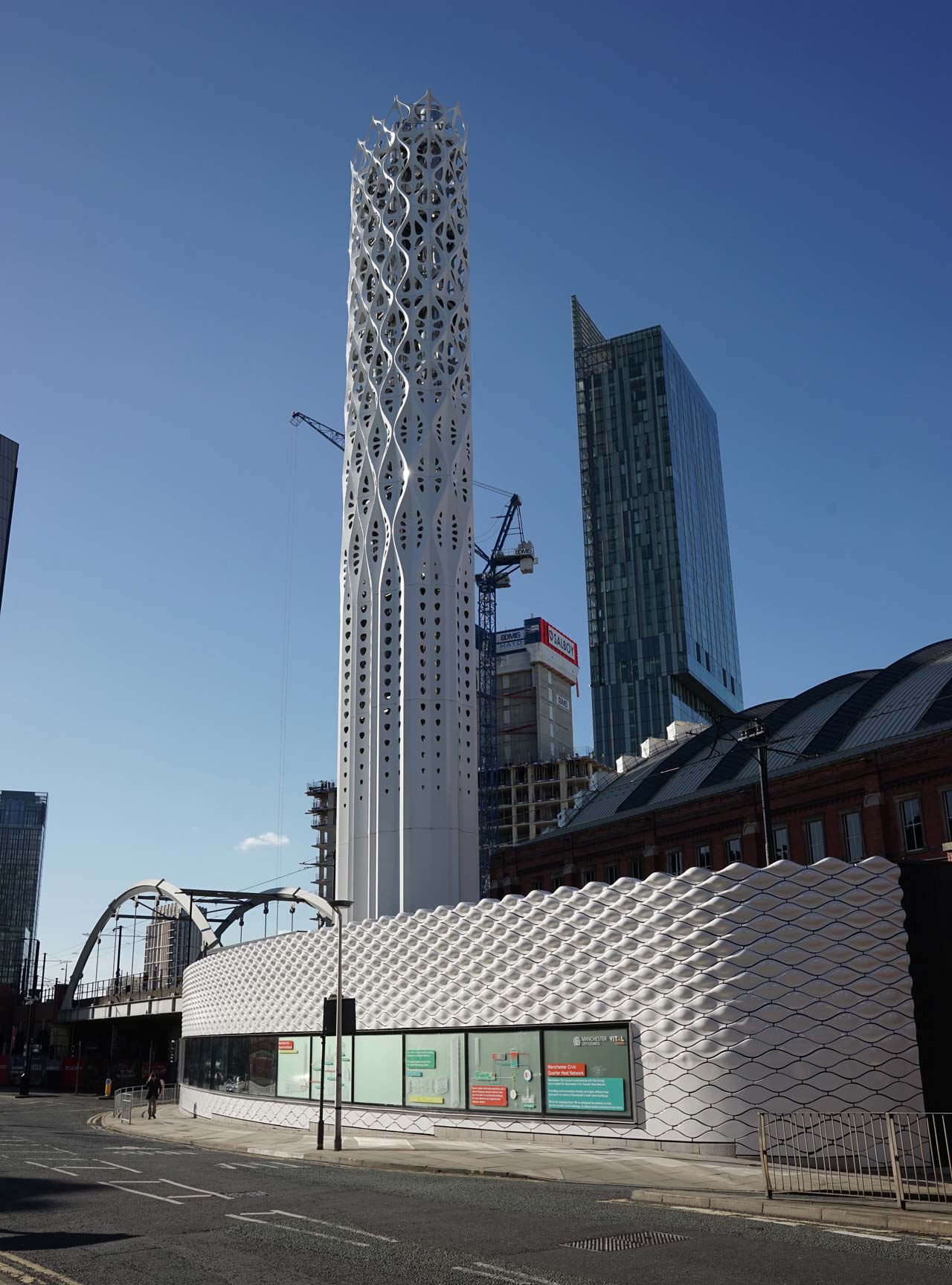
Tower of Light (Lower Mosley Street)
Whilst not strictly public art this is impressive £20million engineering project certainly it should qualify.
Looking like it has been stolen from within the grounds of in Barcelona’s Sagrada Famîla, design by Antoni Gaudî, the tower is 40metres high and its shimmering side-wall is 63metres long.
It is in fact part of the Manchester Civic Quarter Heat Network, not so snappy eh?
This s a super-efficient low carbon heat and power plant delivering energy into 2km off underground tunnels. The project is part of the City Councils ambitious net zero goals of becoming zero carbon, zero waste and climate resilient by 2038.
This networking idea is also being used at MediaCity, in Salford and the OPEN project, again for energy and heat, is for the Oxford Road corridor and should start delivery operations in 2023. The MCQNH streams heat and power to Manchester Town Hall, the Central Library, the Convention Centre and across the road The Bridgewater Hall.
You can view the engines through the long wide windows in the Wall of Energy and it as it happens looks pretty at night too.
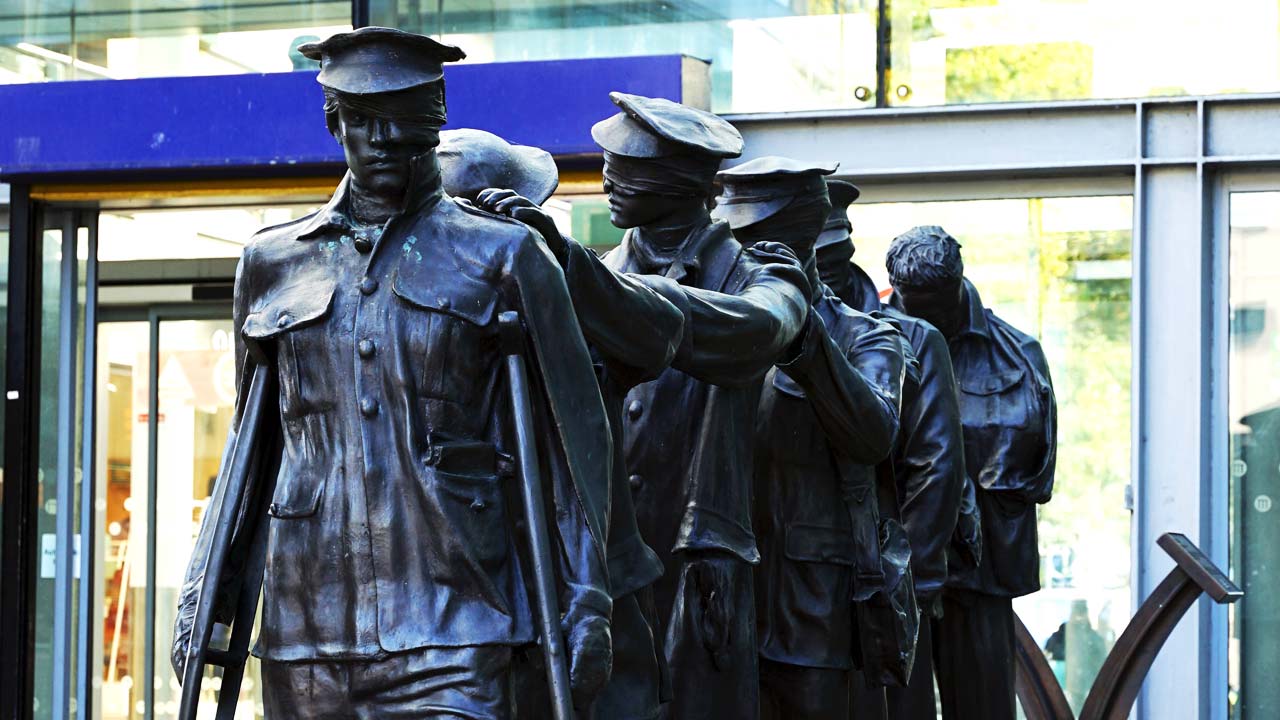
Victory Over Blindness (Piccadilly Station)
This moving life size piece, by artist Johnna Domke-Guyot, commemorates the centenary of the First World War and commissioned by the Blind Veterans UK in 2015 and unveiled in 2018.
It depicts seven blind figures who are walking and guiding each another. Their likeness is based upon actual veterans who suffered blindness as a result of action on the frontline.
It is possibly the only such memorial to those soldiers who suffered such life changing injuries.
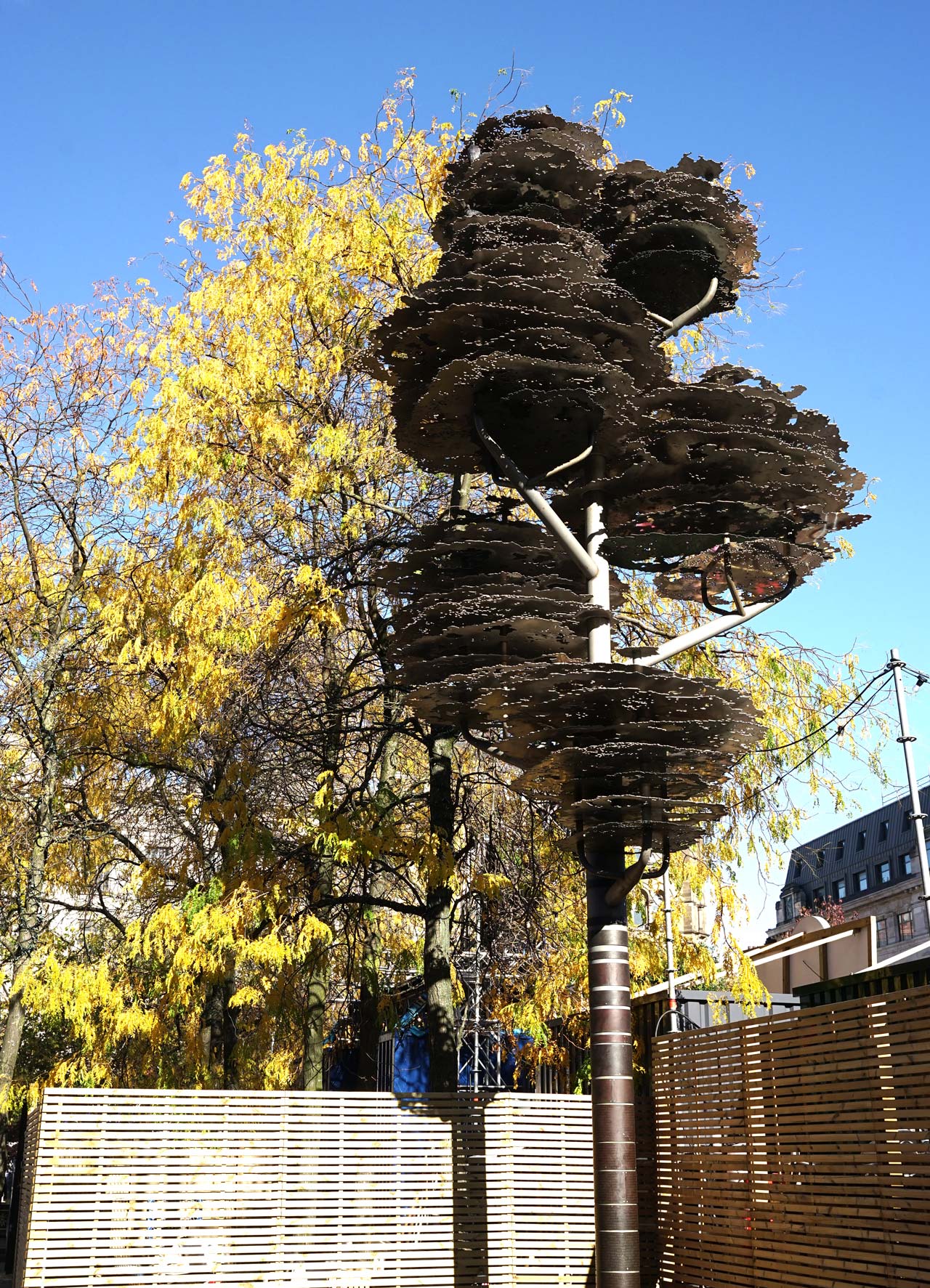
Tree of Remembrance (Piccadilly Gardens)
Erected in 2005 on VE day, this large commemorative piece was created by artists Wolfgang Buttress and Fiona Heron and its trunk is laser etched with the names of those Manchester civilians killed by German bombers particularly on the nights of 22/23rd Dec 1940.
This 11metre high tree replaced a dying at the same place. The large canopy of bronze and stainless-steel foliage helps to protect those names and their memory.
The bombing of the city centre warehouses, south west from this point, left only the Watts Warehouse standing of the pre-1940 buildings, which is now the Britannia Hotel.
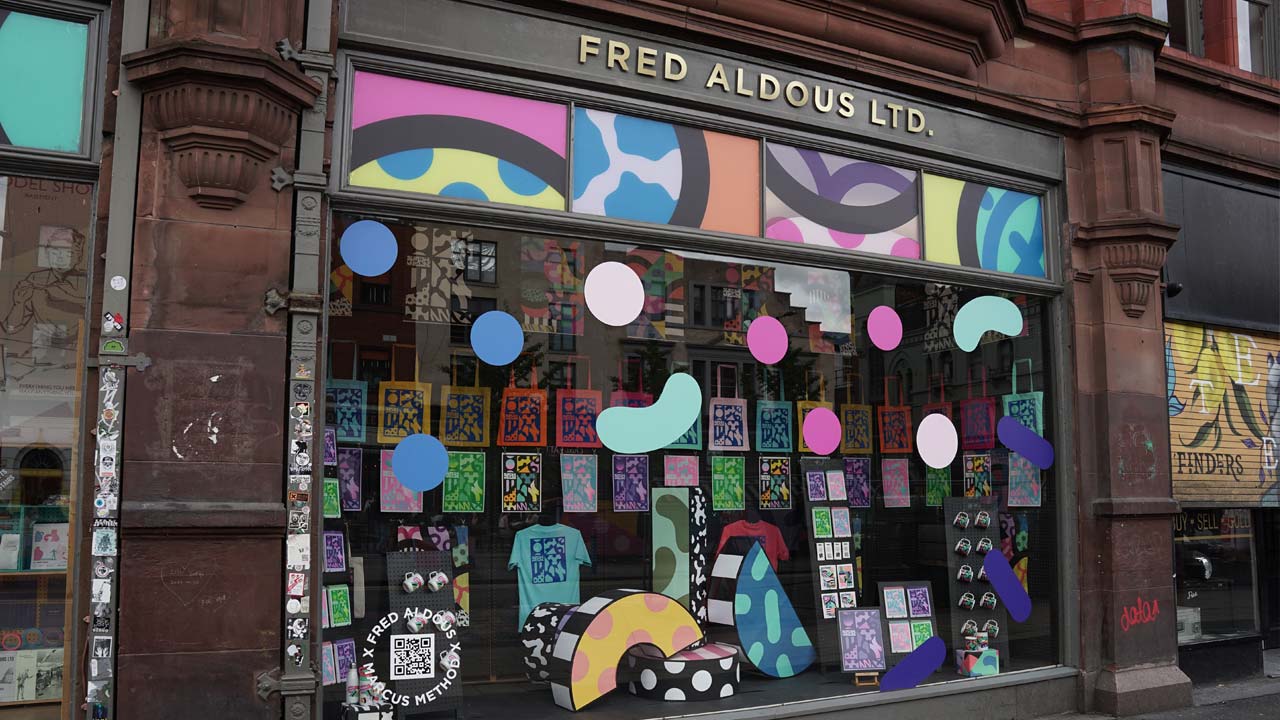
Fred Aldous - Outhouse (Stevenson Sq)
The defunct public toilet external walls, in Stevenson Square, have been converted into art canvases by Manchester’s long-established art supplies shop Fred Aldous.
Monthly, artists are invited to paint pieces that reflect concurrent events and happenings which creates a dynamic and revolving exhibition of the work by some extremely talented graffiti artists.
Looking around the square and down onto Thomas Street you will see more street art on roller-shutters and other large walls, you never know what you’re going to find.
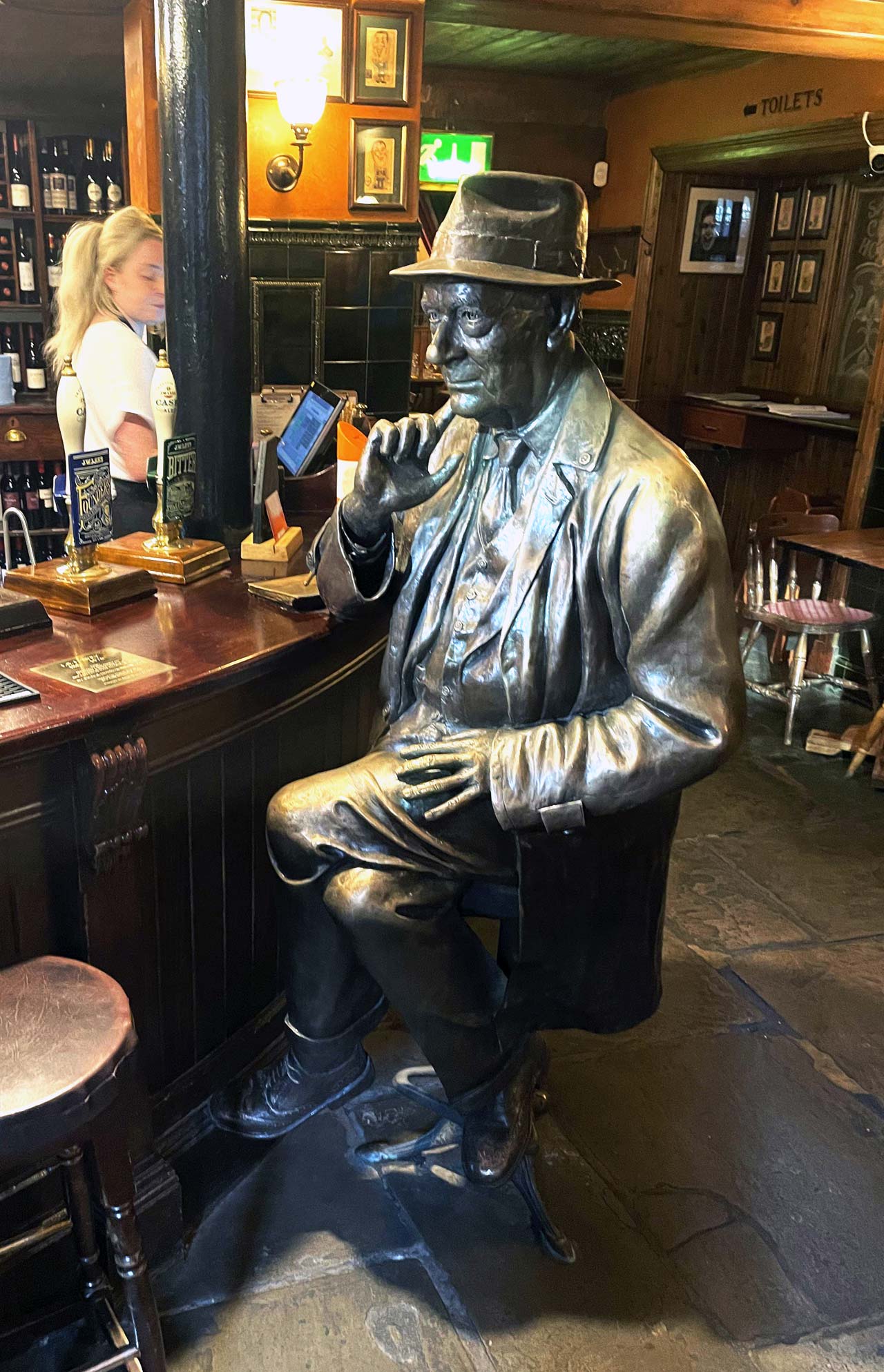
L.S. Lowry (Sam’s Chop House, Deansgate)
This statue is in permanent residence at the bar, a place where he would spend time with his old art school friend A.H Knowles the proprietor of Sam’s. Apparently not much of drinker, he would hand out doodles on napkins to staff as tips (what those might be worth now?).
Preston based sculpture Peter Hodgkinson created this bronze piece with detailed research and Sefton Samuels photographs of Lowry.
Today he can be found at the back bar of Sam’s contemplating something or other while trying to ignore the customers attempts to get selfies with the ‘Matchstick Men’ artist.
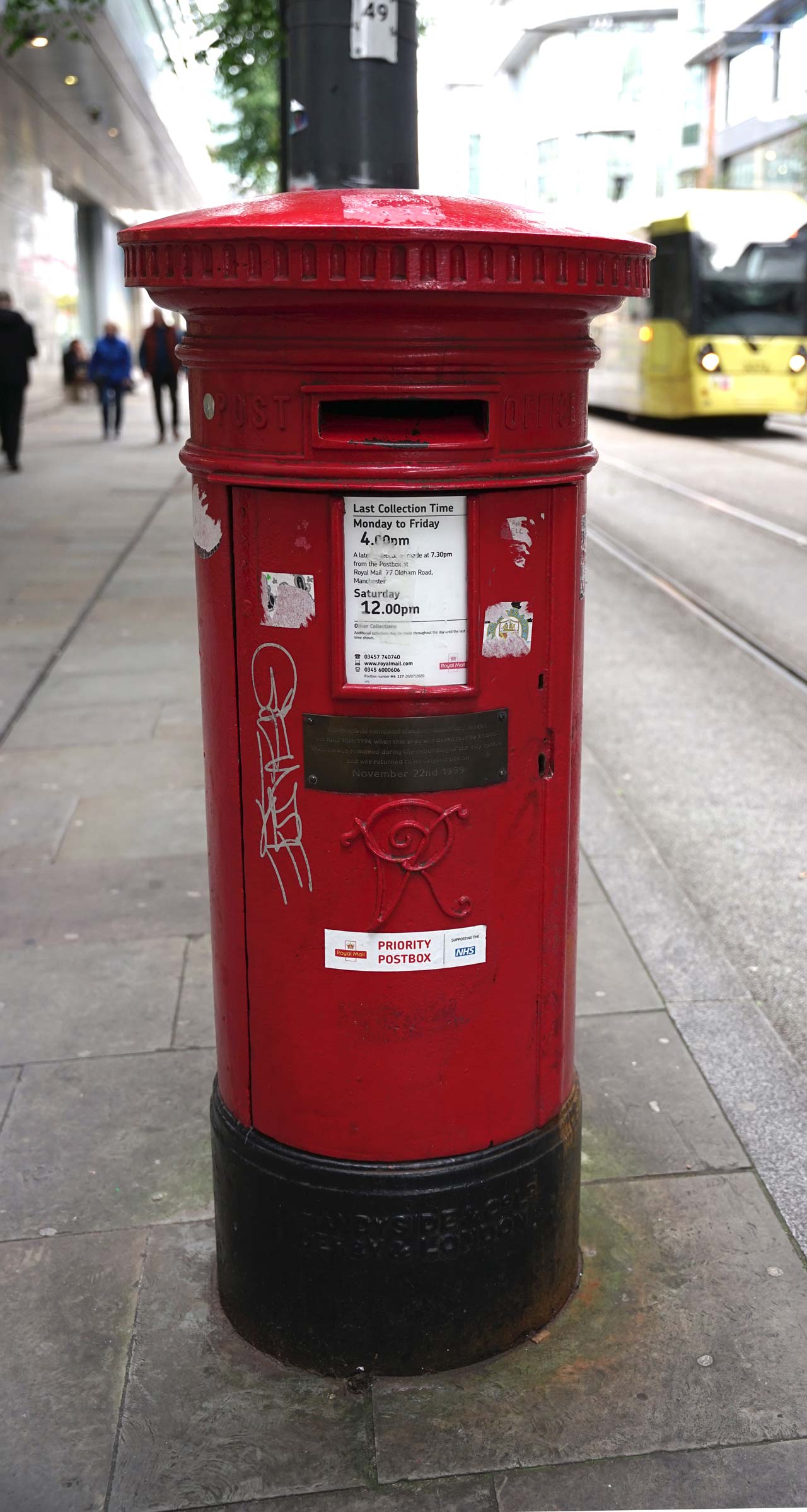
The Post Box (Corporation St)
One of things you may have noticed from this list is that almost every public piece of art mentioned has been installed since 2000.
There is a specific reason for this and it is all to do with what is referred to as the ‘The Troubles’.
This is the common name for the IRA bombing campaign on mainline Britain from the early 1970s until 1997.
On the 15th June 1996 a 1.5 metric ton bomb was detonated on Corporation St, the biggest explosion since WW2, and although there a warning was issued 200 people were injured.
The post box was almost next to the truck that exploded but sustained almost no damage whilst the rest of the area was devastated.
The post box was removed and re-instated once the rebuilding was complete and a commemorative plaque was attached to it.
In 2016 the BBC wrote a piece about the impact of the Manchester Bomb and this can be read by [clicking here].
I, along with many other people, have postulated that this events impact on the city was profound and it was the catalyst for Manchester’s regeneration in business, culture and national civic standing.
Putting it back on the map as place where to quote Tony Wilson ‘We do things differently’.
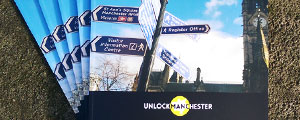
Read Our Guides
Unlock Manchester visitor guides are available in hotels and magazine racks across the city. You can also read them for FREE online at issuu.com

What's On in Manchester?
Cinema, Theatre, Music and Events: find out what’s on in Manchester today, this week and coming soon with our FREE listings
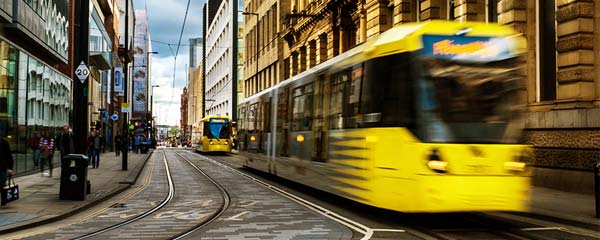
Manchester Transport Services
Buses, Trams, Trains and Private Hire Taxis: Manchester has a solution for you to get where you need to be.
Manchester a City of ‘Quarters’
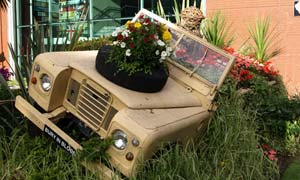
Bury
Only 30 minutes by Tram from the City Centre, Bury and its attractions make a good day trip
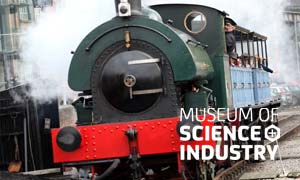
Castlefield
Nestled between the Irwell and Medloack rivers Castlefield is where the Romans established 'Mamucium'. Experience the old and modern and explore its attractions
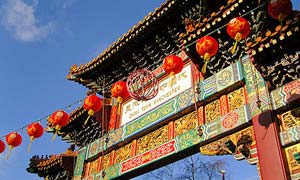
China Town
China Town, a stone's throw from Piccadilly Gardens, offers restaurants, specialist supermarkets and entertainment all in one space
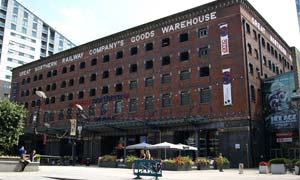
Deansgate
Connecting most parts of the city, this mile-long road is worth a stroll along and offers some great shops and places to eat
Read About All Manchester‘s Quarters
@UNLOCKMCR
Join our Mailing List